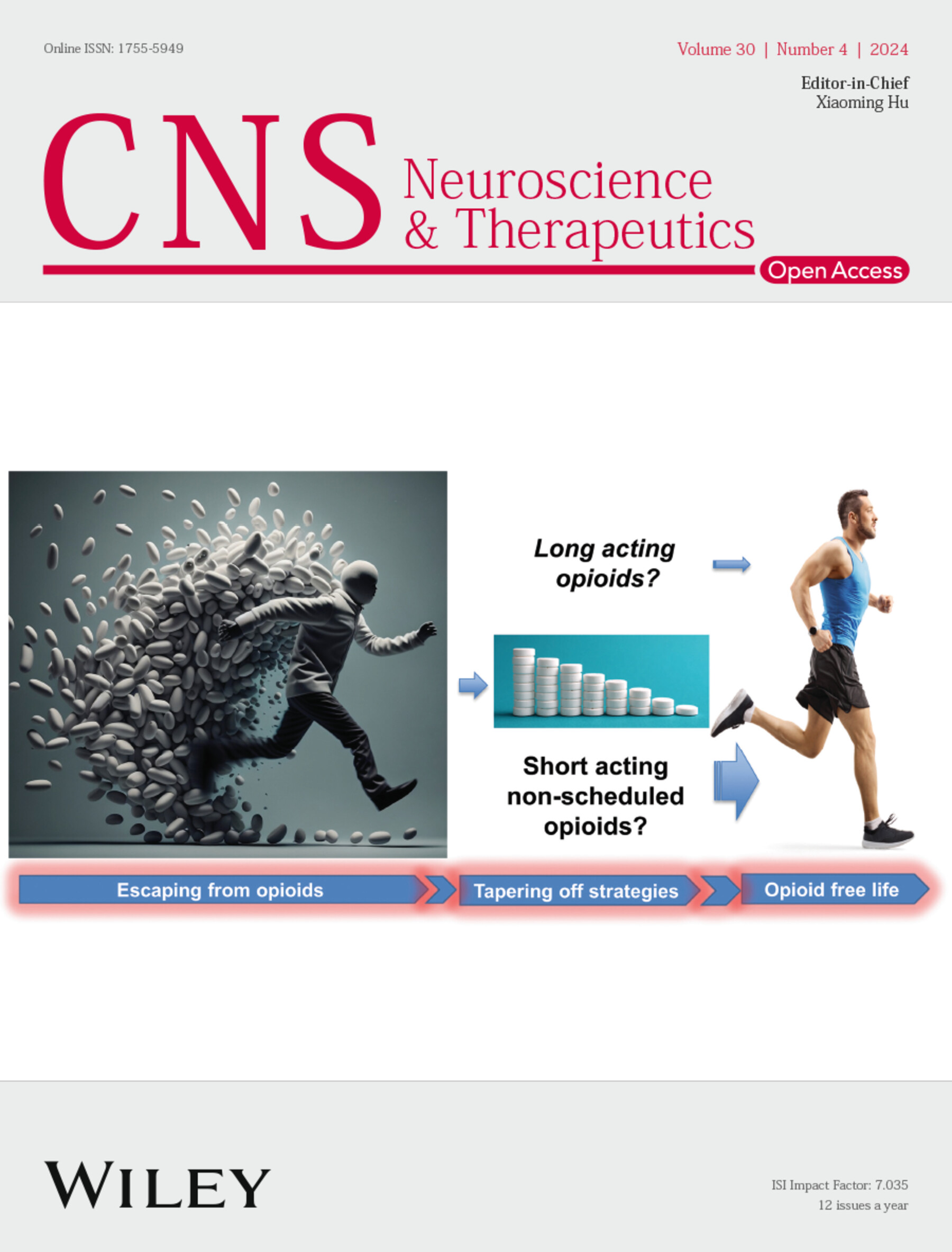AD16 Modulates Microglial Activation and Polarization to Mitigate Neuroinflammation in Ischemic Stroke Models Through α7nAChR-ERK-STAT3 Signaling
Abstract
Background
Neuroinflammation constitutes a critical pathological event subsequent to ischemic stroke. AD16, a novel anti-neuroinflammatory compound, has demonstrated efficacy in alleviating neuroinflammation in neonatal rats induced by ischemia–hypoxia. This study aims to elucidate the therapeutic utility and underlying mechanisms of AD16 in an adult ischemic stroke rat model.
Methods
A rat transient middle cerebral artery occlusion (tMCAO) model was employed. Neurological function was evaluated using the Longa and Garcia JH scores, motor function was assessed through rotary rod and CatWalk gait analysis, and brain injury was examined via TTC and Nissl staining. Molecular docking techniques simulate the binding of a target compound to a potential target. Western blot, immunofluorescence, and enzyme-linked immunosorbent assay (ELISA) were used to detect microglia phenotype, pro-inflammatory factors, and activation of signaling molecules.
Results
AD16 treatment improved neural function in tMCAO rats, reduced cerebral infarction volume and brain water content, preserved blood–brain barrier integrity, and inhibited pro-inflammatory cytokines. Molecular docking showed AD16 has high affinity for α7nAChR, TLR4, ERK, and STAT3. AD16 increased α7nAChR, CD206, and p-ERK protein levels, while decreasing CD40, CD68, TLR4, and p-STAT3. These effects were reversed by α-BTX (α7nAChR inhibitor) and U0126 (ERK inhibitor).
Conclusion
AD16 may inhibit microglia activation and polarization via the α7nAChR-ERK-STAT3 pathway, thus reducing neuroinflammation from cerebral ischemia and protecting the brain. This study suggests AD16 as a potential treatment for ischemic stroke.


 求助内容:
求助内容: 应助结果提醒方式:
应助结果提醒方式:


